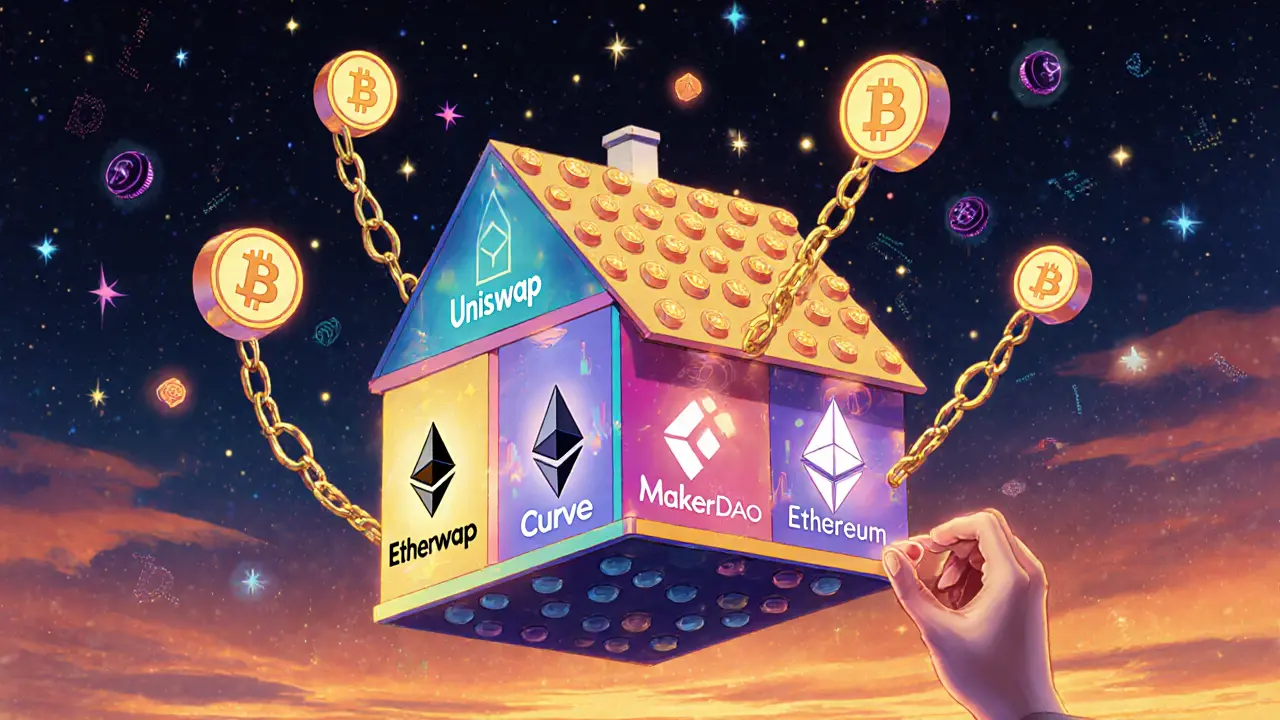Decentralized Finance: What It Is, How It Works, and Where to Start
When you hear decentralized finance, a system that lets people lend, borrow, and trade money without banks or middlemen, using blockchain technology. Also known as DeFi, it’s not just a buzzword—it’s a real shift in how money moves online. Unlike traditional banks, DeFi apps run on open networks like Ethereum or Polygon. Anyone with an internet connection can use them, no approval needed. You’re not trusting a CEO or a branch manager—you’re trusting code, smart contracts, and the blockchain.
That’s why DeFi lending, the practice of locking up crypto to earn interest through automated protocols is so popular. Platforms like Aave and Compound let you lend your ETH or USDC and earn yields that banks could never match. But here’s the catch: if the code has a flaw, or the market crashes fast, your money can vanish. That’s why so many posts here dig into DeFi exchange, platforms like Kyo Finance V2 or Escodex where users swap tokens directly without a central operator. These aren’t like Binance or Coinbase—they don’t hold your keys, and they don’t guarantee your trades. You’re on your own.
And that’s exactly why this collection matters. You won’t find fluffy hype here. Instead, you’ll find real reviews of platforms like MM Finance and SKEX, where zero token supply or hidden risks turned out to be red flags. You’ll see how crypto yield, the return you earn from lending or staking crypto in DeFi protocols can look amazing on paper—but collapse when liquidity dries up. We cover the mechanics behind interest rate models, how to avoid liquidation, and why some "free" airdrops are just traps dressed up as opportunities.
DeFi isn’t magic. It’s math, code, and market behavior. Some projects build real utility—like using blockchain to track NFT royalties or secure AI data. Others? They’re just memes with a smart contract. This page gives you the tools to tell the difference. Below, you’ll find guides that cut through the noise: real breakdowns of how DeFi protocols actually work, honest exchange reviews, and warnings about scams hiding behind fancy names. Whether you’re trying to earn yield, swap tokens, or just avoid losing money, you’ll find what you need here—no fluff, no promises, just facts.

